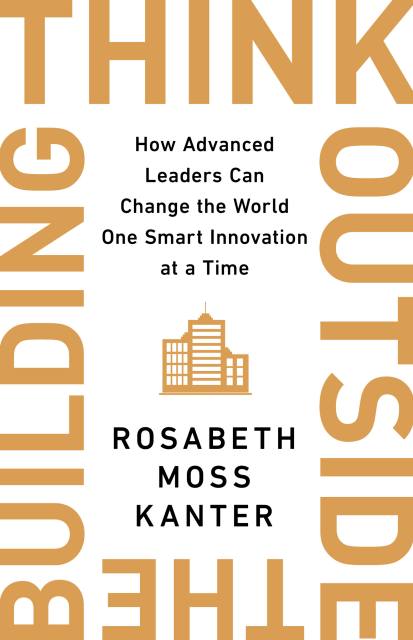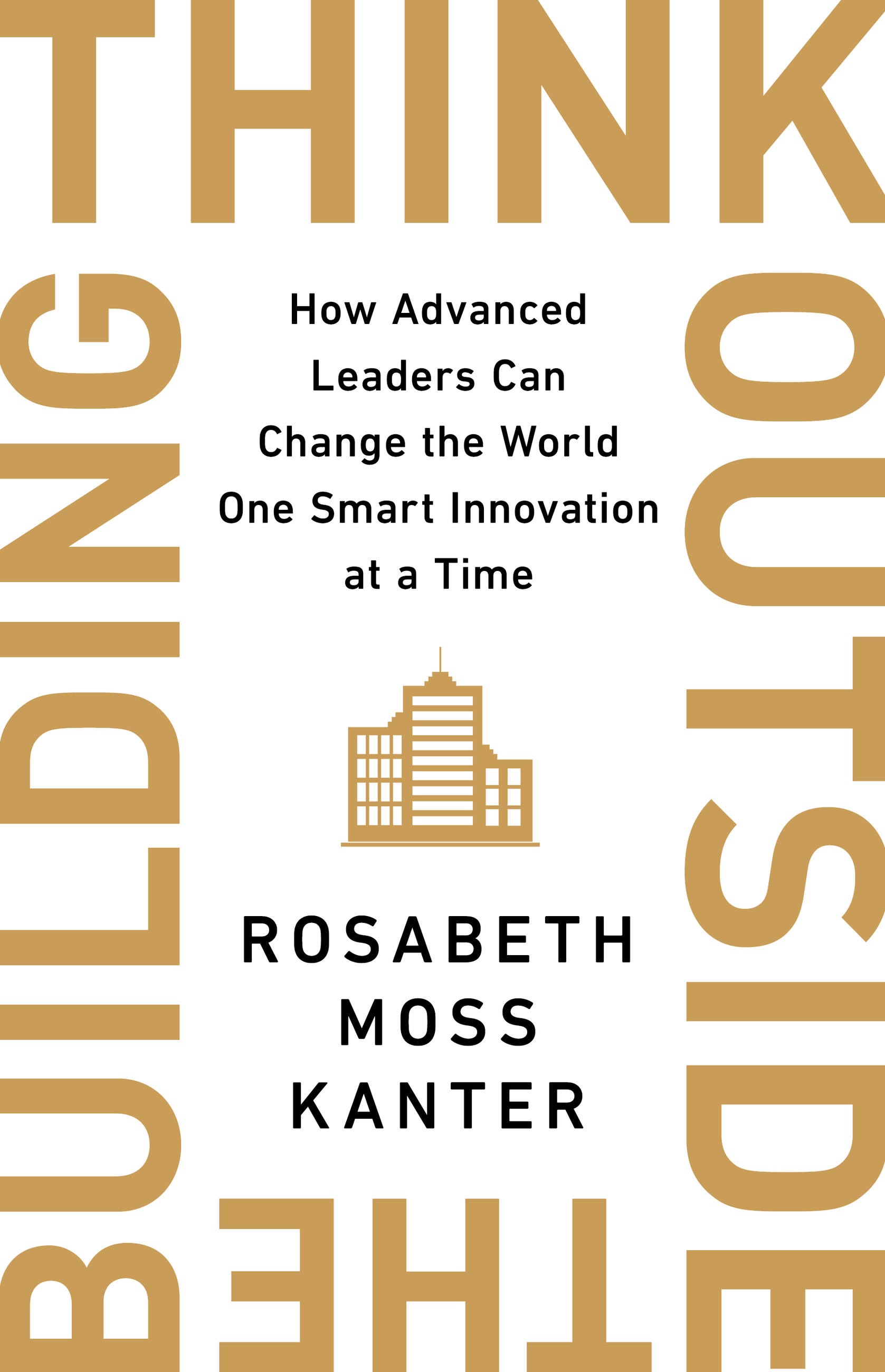Promotion
Use code BEST25 for 25% off storewide. Make sure to order by 11:59am, 12/12 for holiday delivery!
By clicking “Accept,” you agree to the use of cookies and similar technologies on your device as set forth in our Cookie Policy and our Privacy Policy. Please note that certain cookies are essential for this website to function properly and do not require user consent to be deployed.
Think Outside the Building
How Advanced Leaders Can Change the World One Smart Innovation at a Time
Contributors
Formats and Prices
- On Sale
- Jan 28, 2020
- Page Count
- 352 pages
- Publisher
- PublicAffairs
- ISBN-13
- 9781541742727
Price
$17.99Price
$22.99 CADFormat
Format:
- ebook $17.99 $22.99 CAD
- Hardcover $38.00 $49.00 CAD
- Audiobook Download (Unabridged)
This item is a preorder. Your payment method will be charged immediately, and the product is expected to ship on or around January 28, 2020. This date is subject to change due to shipping delays beyond our control.
Buy from Other Retailers:
Over a decade ago, renowned innovation expert Rosabeth Moss Kanter co-founded and then directed Harvard’s Advanced Leadership Initiative. Her breakthrough work with hundreds of successful professionals and executives, as well as aspiring young entrepreneurs, identifies the leadership paradigm of the future: the ability to “think outside the building” to overcome establishment paralysis and produce significant innovation for a better world.
Kanter provides extraordinary accounts of the successes and near-stumbles of purpose-driven men and women from diverse backgrounds united in their conviction that positive change is possible.
A former Trader Joe’s executive, for example, navigated across business, government, and community sectors to deal with poor nutrition in inner cities while reducing food waste. A concerned European banker used the power of persuasion, not position, to find novel financing for improving the health of the oceans. A Washington couple enticed global partners to join an Uber-like platform to match skilled refugees with talent-hungry companies. A visionary journalist-turned-entrepreneur closed social divides by giving fifty million social media users access to free local education and culture.
When traditional approaches are inadequate or resisted, advanced leadership skills are essential. In this book, Kanter shows how people everywhere can unleash their creativity and entrepreneurial adroitness to mobilize partners across challenging cultural, social, and political situations and innovate for a brighter future.
-
"Striking...This realistic and hopeful manual shows how accomplished individuals can tackle problems whose victims often lack resources to take action."Kirkus Reviews, starred review
-
"Stimulating...Buoyed by strong writing and an encouraging tone, Kanter's thorough and thought-provoking guide will be a boon for veteran leaders who want to put their well-tested skills to new-and socially constructive-use."Publishers Weekly
-
"I feel so strongly about this book and its message that I want everyone who aspires to make a difference to read it. It is the quintessential guide for answering the question we all eventually ask: Have I accomplished my purpose in life? As a graduate of West Point and an Airborne Ranger infantry officer I learned to ask, 'If not me, who?' Here are the personal tools for getting it done, showing us how small pebbles can make big waves."Robert A. McDonald, 8th US Secretary of Veterans Affairs; retired chairman, president & CEO of Procter & Gamble
-
"Kanter's book lays out the next big step in innovation: the bold leadership to imagine new solutions to big problems of communities and the world. Her brilliant new book is a compelling read, full of fascinating stories and breakthrough ideas."Indra Nooyi, former chairman and CEO of Pepsico
-
"In this season of public appetite for big solutions to big problems, Kanter's Think Outside the Building is both a clarion call and a map for new leaders to step up."Deval Patrick, former governor of Massachusetts
-
"Rosabeth Moss Kanter has done it again! This is the best book on leadership written in this century. It may change the world--at the least make it better."Congresswoman Donna Shalala, former U.S. Secretary of Health and Human Services
-
"Think Outside the Building is an excellent and inspiring guide for anybody who is trying to make change in the world. Drawing on the stories of dozens of effective efforts, Rosabeth Moss Kanter has created a guidebook that, with wisdom and optimism, extracts the essential techniques for success--especially for new initiatives with a mission to improve society."Nicholas Lemann, Joseph Pulitzer II and Edith Pulitzer Moore Professor of Journalism and Dean Emeritus of Columbia University School of Journalism
-
"Drawing on fifty detailed case studies and hundreds of interviews, Rosabeth Moss Kanter distills her experiences with Harvard's Advanced Leadership Initiative in this informative and fascinating volume. Both an 'inspiration and a guide to action,' this book challenges the reader with narratives describing extraordinary new approaches to old institutional and societal problems; Kanter has penned essential reading for twenty-first century leaders."Henry Louis Gates, Jr., Alphonse Fletcher University Professor, Harvard University
Newsletter Signup
By clicking ‘Sign Up,’ I acknowledge that I have read and agree to Hachette Book Group’s Privacy Policy and Terms of Use







